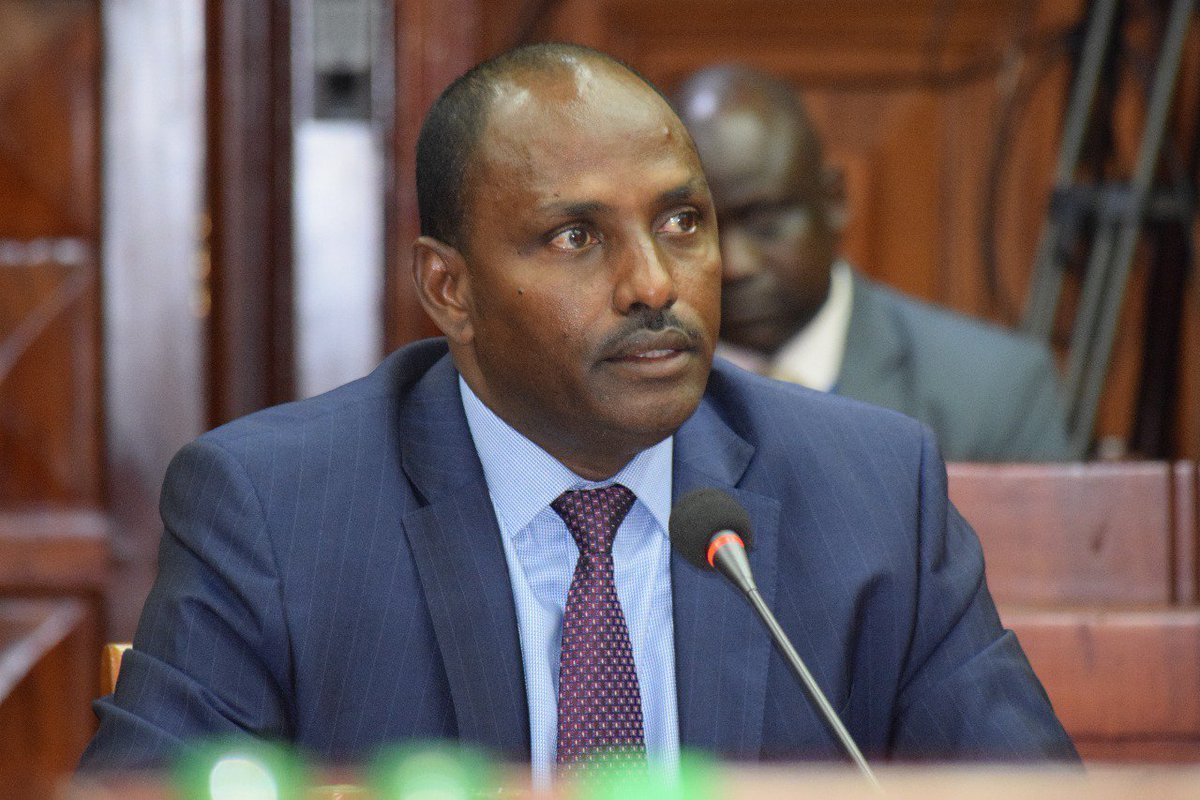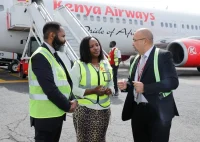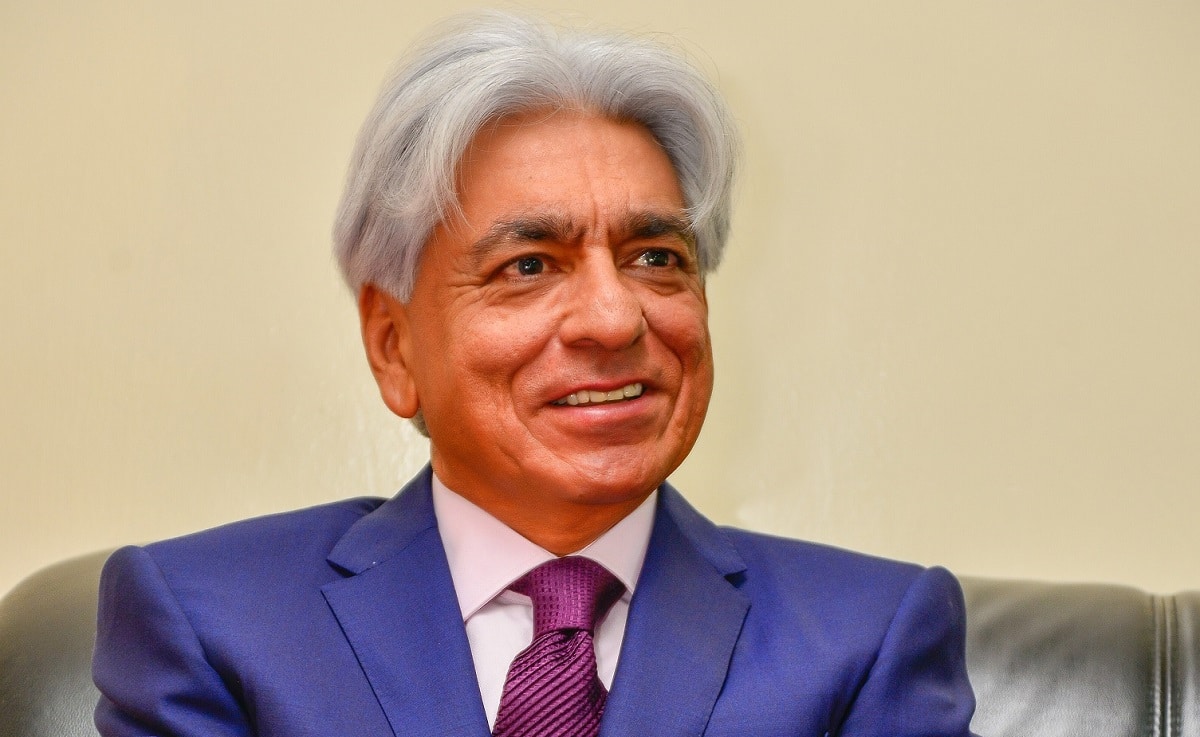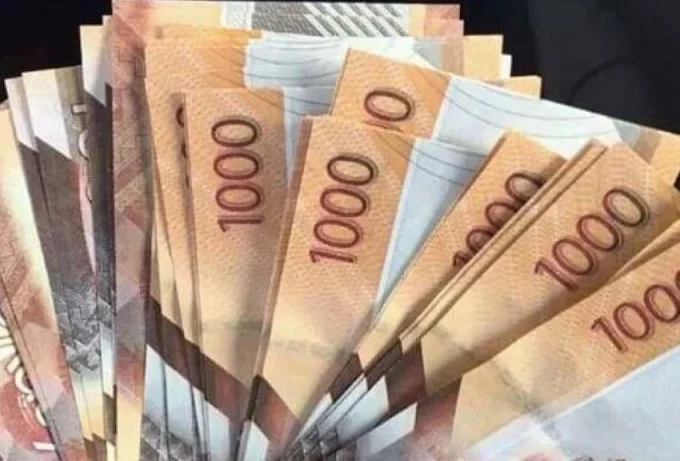Treasury Cabinet Secretary Ukur Yatani is now finding out that the Treasury job is not as easy as he might have thought when he took over from his sacked predecessor Henry Rotich.
In September 2019, CS Yatani said that part of his main objectives going forward would be to retire expensive commercial loans in favour of concessional debt but the reality is now sinking in with government documents showing that Yatani might have underestimated the scope of his in-tray.
The 2020 Budget Policy Statement (BPS) presented to Parliament shows that the government is planning to borrow more commercial debt with concessional lending becoming a tough nut to crack for Treasury honchos evidenced by the Draft Budget Policy Statement released earlier in the year which showed that the government is planning to borrow Ksh247.3 billion from foreign lenders to cover budget deficits.
In the BPS, Treasury says, “The government continues to diversify its main sources of funding (external creditors) by maintaining its presence in the international and domestic capital markets,”
” In this regard, official external sources for loans on concessional terms have been maximized while non-concessional and commercial external borrowing have been limited to development projects with high financial and economic returns and are in line with the Vision 2030 and the Big Four Agenda,” reads the BPS.
Commercial vs Concessional
Except there is one problem, the government has been at pains to show that the projects it is undertaking are feasible, case in point, the Standard Gauge Railway (SGR), the Jubilee Government’s poster project which has also been the stick economists have used to beat President Uhuru Kenyatta with in economic policy arguments.
The government now admits that it might be difficult funding its ambitious projects without having to acquire expensive commercial loans that Yatani had promised to retire in the first place.
“However, the increasing fiscal constraints in concessional financial sources, as well as Kenya`s graduation to lower-middle-income economy, has led to a slowdown in access to concessional funding. Since 2014, the cost of deficits financing and refinancing maturing debt has therefore continued to increase year on year,”
2020 Budget Policy Statement
Concessional lenders meanwhile have been finding it increasingly difficult to advance credit to the Kenyan government factoring in Kenya’s mammoth public debt.
It was not until November last year that the International Monetary Fund (IMF) agreed to the renewal of a $1.5 billion standby credit facility with Kenya after the government bulldozed MPs into repealing the interest rate cap.
Repealing the cap was one of the conditions that the Washington-based concessional lender wanted met before returning to the table for negotiations.
In October last year, The World Bank, one of Kenya’s biggest publics in the concessional lending space warned that Kenya is headed to the road of economic ruin saying that more borrowing could make it even harder to service its existing loans considering that the country is already sitting on Ksh6 trillion in public debt.
More Debt
BofA Securities, a multinational investment bank based in New York on February 5 told its investors that Kenya might be back in for a fourth Eurobond in the second half of 2020 adding that Kenya’s debt remains within “manageable levels”.
“Kenya has strong regional and domestic buffers with little need for a precautionary balance of payments facility, but this would help anchor fiscal consolidation efforts and investor sentiment,” the Bloomberg Terminal quoted a report by the investment bank.













Leave a comment